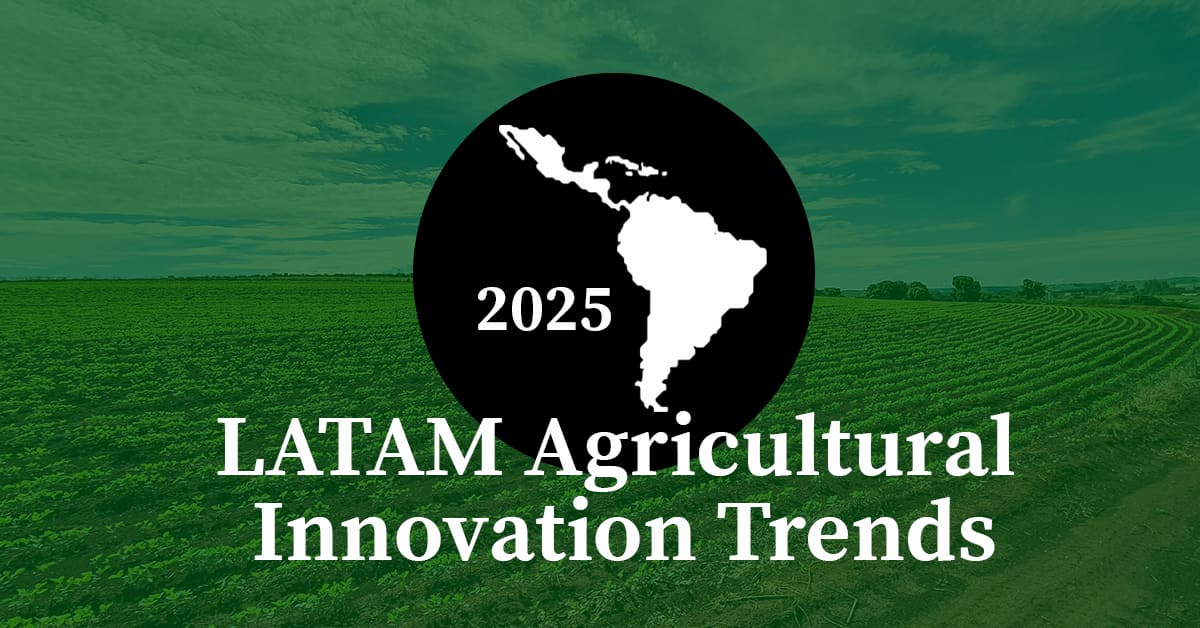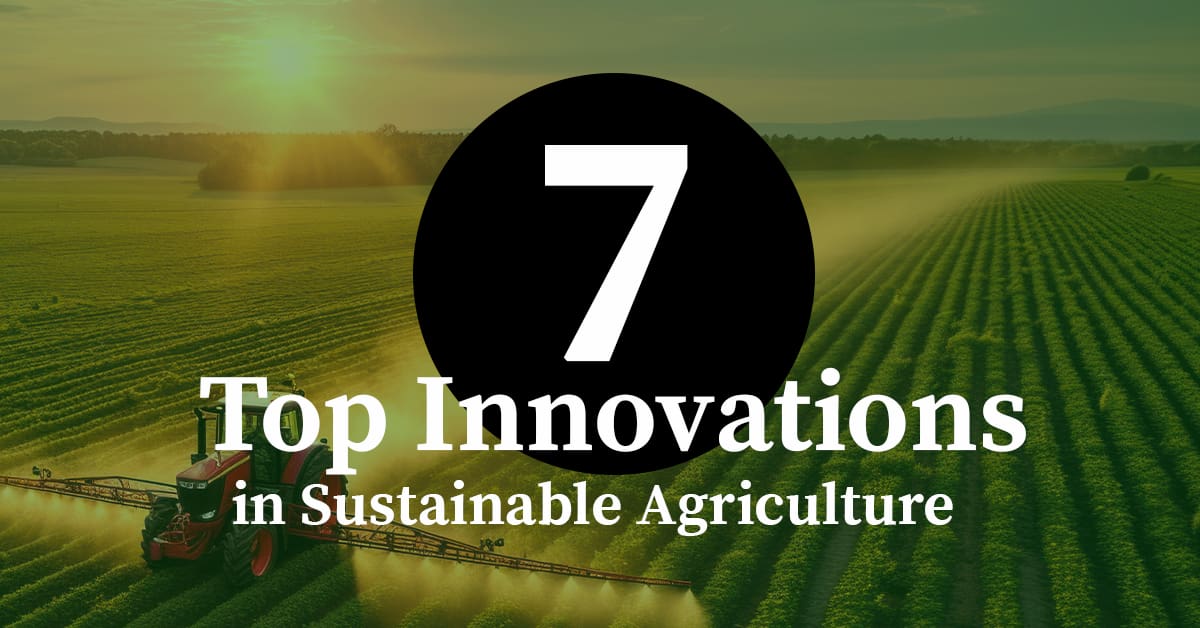As a Gold Partner of the 2025 World Agri-Tech Innovation Summit, San Francisco, the AgriThority® team joined more than 1,400 industry experts and stakeholders from 40 countries to discuss opportunities and innovations in agriculture. AgriThority Chief Technology Officer Gloverson Moro, Ph.D., participated in a featured panel, “Breaking Down Innovation Islands: Fostering Growth in Biological Inputs.” He shared the importance of a disciplined, industry-accepted, stage-gate development process for biological products, and he advised agtech innovation companies to answer all of the questions in the right order as required by mainstream agriculture.
It’s especially important to address the needs and requirements of mainstream commercial agriculture as the industry changes. At the forefront of many conversations and discussions, change in the industry and how to respond highlighted the event. This shaped five trends which emerged.
“The last 12 months have been defined by change, bringing economic pressures, technological advances and geopolitical shifts that have shaped the agrifood landscape and prompted necessary recalibration across the sector,” said Marion Grimes, Commercial Director for World Agri-Tech San Francisco, in the opening remarks.
1. More partnerships and convergence.
More companies up and down the value chain are working together and partnering in ways that have never been done before. Competing companies are partnering on new technologies, in addition to the ongoing acquisitions of new technologies. This collaboration has a lot of potential to move the agriculture industry forward more quickly than ever before.2. More attention on helping the farmer.
Former Sec. of Agriculture and current CEO of The World Food Prize Foundation Thomas Vilsack said, “153 Nobel Laureates and World Food Prize Laureates recently penned a letter to the rest of us. And they essentially said that the world population is going to continue to increase, and despite the extraordinary productivity up to today, we are not on pace to be able to meet the needs of that growing world population. So not only do we have to develop and innovate, but we need to accelerate that innovation. We have to make sure that farmers are aware of it, we need to make sure that it’s affordable, and that it’s accessible. And I think the challenge I would lay out to all the innovators in this audience is not only to figure out how farmers can produce more but how they can maximize the profitability, not just of what they grow but how they grow it.”3. Artificial Intelligence use.
Artificial Intelligence use – now and in the future – is exploding. Companies need to be figuring out how to use AI to move their business forward, or they will get left behind. AI solutions are getting more creative and have potential to fundamentally change both farming and the development of new products in the future.4. Capital efficiency.
Capital efficiency is a positive outcome from the down market. Cristina Rohr, Managing Director of S2G Investments, said, “I’m on the optimistic side for this year. I think that there is a lot of focus from companies on whether it’s a great technology or product. It’s also on the business side of things…On the optimistic side what we’re seeing is that you’re combining some strong innovation with more commercial scalability, market awareness and investment and thinking through partnerships and collaborations that can be more capital efficient.”5. Education is key for growers to adopt.
Jess Newman, Senior Director, Ag and Sustainability for McCain Foods, in the Regen Ag and Natural Capital: De-Risking and Monetizing Ecosystem Services panel said, “Often money is the answer to a problem, but if you are paying for a practice forever, it’s not the right practice. Often there are other mechanisms from a social or technical perspective that projects to support the transition needed to do all three.” They have found a lot of success in adoption with peer cohort groups. Advancements through innovation and increased collaborations and conversations are setting the industry up for a huge transformation in the next few years. Optimism persists for the industry despite a tough market. Change has been slow, but momentum is growing. Grower-solution-focused companies that focus on capital efficiency can still find success, even in a tough economy. Investing time and effort into systematic and strategic development early on with an emphasis on solid data and insights will help increase the speed to commercialization.
When your new agricultural innovation is ready for development, turn to AgriThority® for strategic and scientific expertise. Our global footprint is combined with our deep understanding of agricultural business, regulatory demands, market channels and producer dynamics. We help move your innovation from concept to commercial adoption. Contact the team today.


